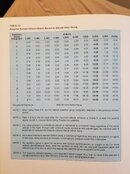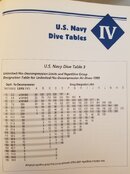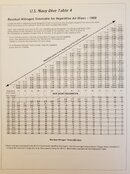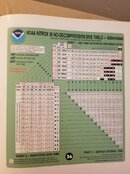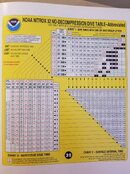MiltonC
Registered
DAN member? Ask them:
Medical Information Line
Get answers to your non-emergency related, health and diving questions.
Monday–Friday, 8:30 a.m.–5 p.m. ET
+1 (919) 684-2948, Option 4
ONLINE: Ask A Medic
Medical Information Line
Get answers to your non-emergency related, health and diving questions.
Monday–Friday, 8:30 a.m.–5 p.m. ET
+1 (919) 684-2948, Option 4
ONLINE: Ask A Medic



